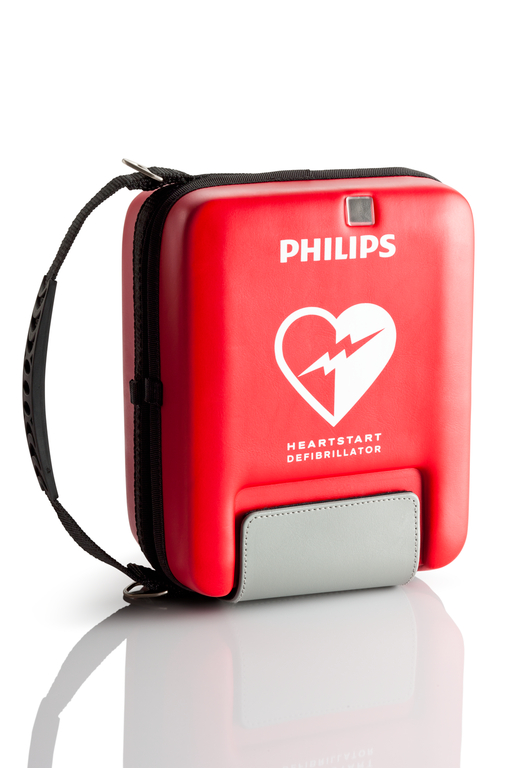Characteristics of Proper AED Placement

There are many factories that should be considered when choosing optimum locations for your AEDs (Automated External Defibrillators). Accessibility, security of the device and recommended accessories are just a few of the things that should be taken into account.
Here are a few guidelines that should help you with making the right choices when selecting the proper site or sites for your AEDs.
AED Site Selection
- AEDs sites should allow unobstructed access to the device.
- AED site should allow 3 minute or less response time to the most likely areas of need. According to guidelines this means from the victim to the AED and back to the victim in 3 minutes walking briskly, not running.
- AEDs should be placed at a height that will allow them to be reached even by shorter individuals.
- AEDs should be placed in a location that minimizes the potential for tampering or theft.
- The location selected to store an AED should allow room for all needed ancillary equipment.
Determining a proper location will depend to a great extent on the environment in which it will be located. Some areas will offer higher security, while others will present a higher risk of theft. These are questions that everyone must answer for themselves based on their own location and situation.
Other Recommended Equipment.
Remember that an AED is only one part of a lifesaving system that will include CPR (Cardio Pulmonary Resuscitation) and could involve other injuries besides the initial threat presented by cardiac arrest. With this in mind, it is recommended that these other items be stored in close conjunction with your AED. Do consider that many of these items are part of response kits that are included or sold separately from AED One-Stop Shop and their respective manufacturer brands.
- Non-latex protective gloves (several pairs in Small, Medium, and Large sizes)
- Appropriate sizes of CPR face masks with detachable mouthpieces
- Plastic or silicone face shields (preferably clear), with one-way valves, or other type of barrier device that can be used in mouth to mouth resuscitation
- Disposable razor to dry shave a victim in chest areas if needed
- A supply of 4×4 gauze pads to clear/dry an area, to assure proper electrode-to-skin contact
- A pair of medium size bandage or blunt end scissors
- Spare battery and electrode pads
- One Large absorbent towel
Other Considerations
In large or complex facilities, access routes should be given careful consideration. Such facilities may demand the use of a designated responder or team approach, in which at least one responder has keys or passes to allow for the use of a more direct route to them victim or elevator override key to expedite access and transport by appropriate medical or EMS personnel. One person should always be appointed as a designated guide for responding Emergency Personal.
Placing your AED in a proper location and with the other appropriate equipment is one of the keys to saving a life. For every minute that Defibrillation is delayed the victims’ chances of survival drop by 7-10 percent. Time is truly of the essence. By the same token, an AED that has been stolen or tampered with is of no use.
How to balance these two conflicting needs is, as stated above, a decision that must be made on a location by location criterion.
AED One-Stop Shop is a leading authority on how to create a well-designed AED Program and establish a “heart safe environment” at your place of work. To buy AEDs or for expert consultation Contact AED One-Stop Shop with any questions or special considerations.



